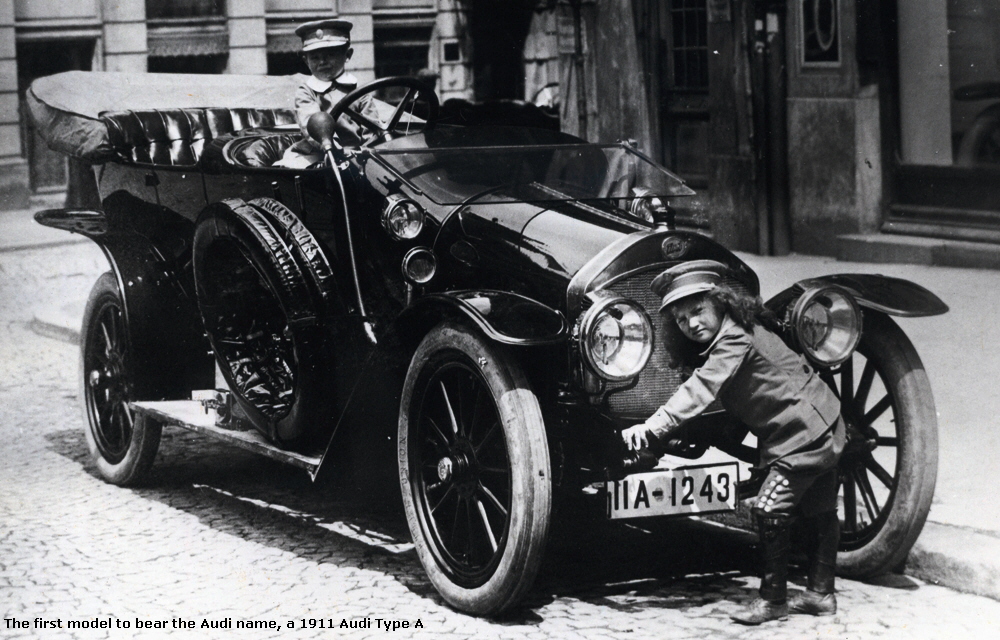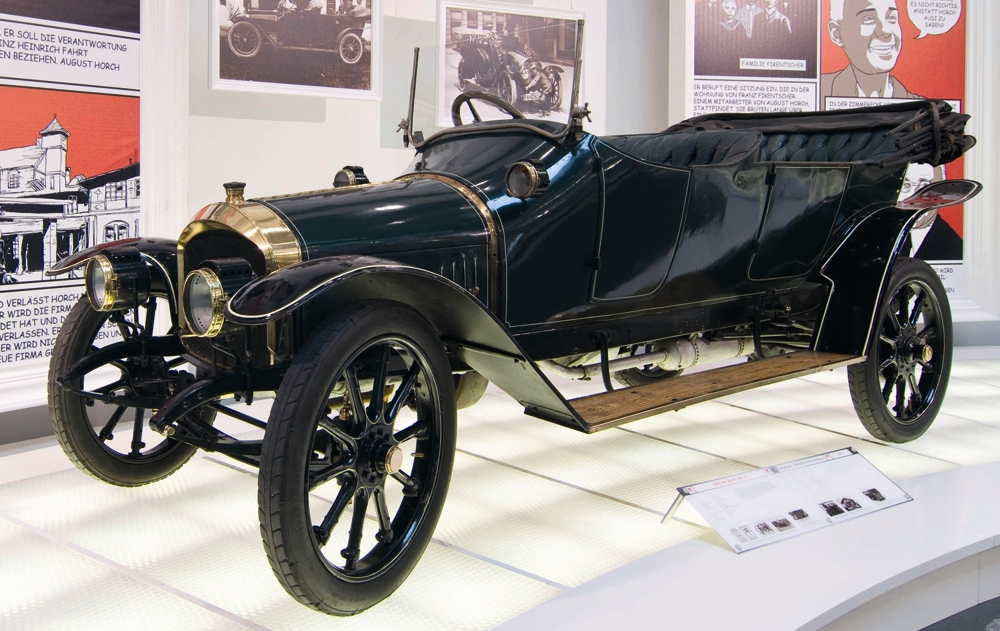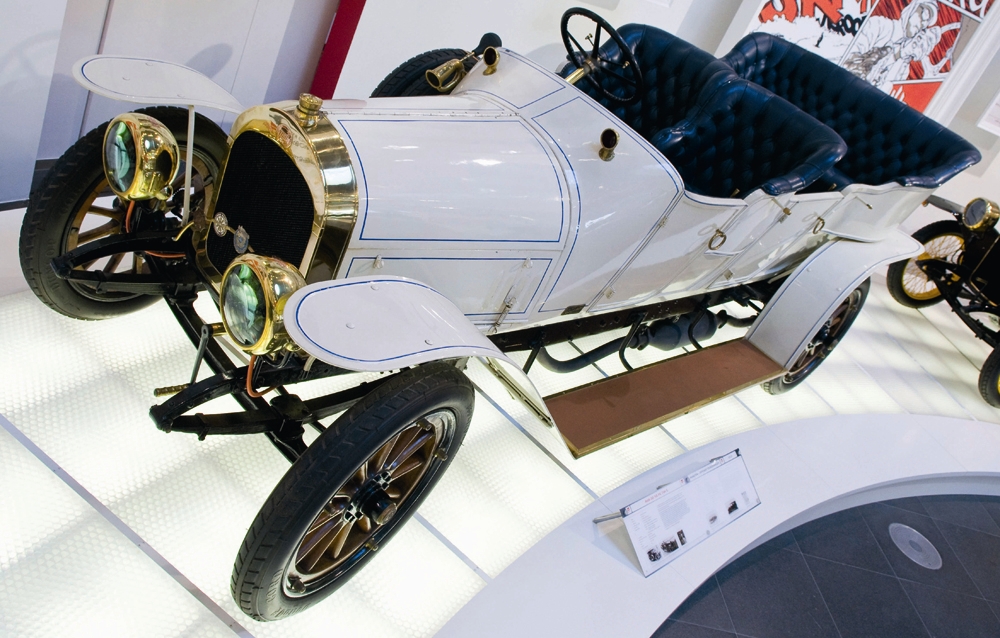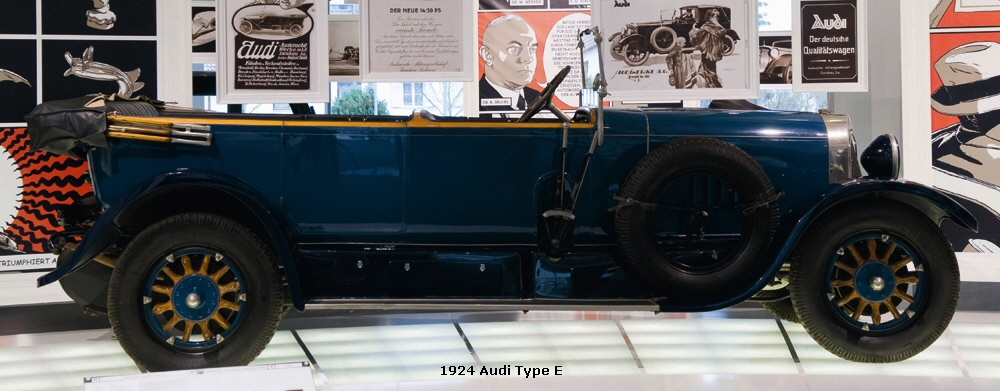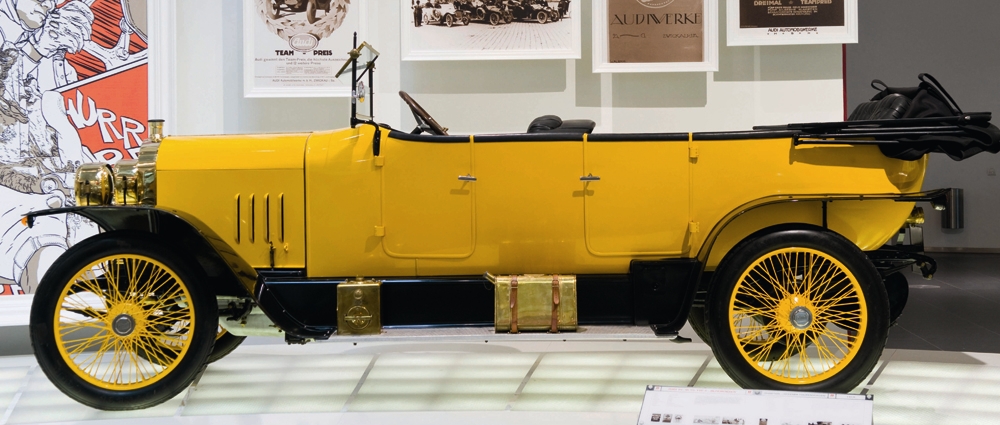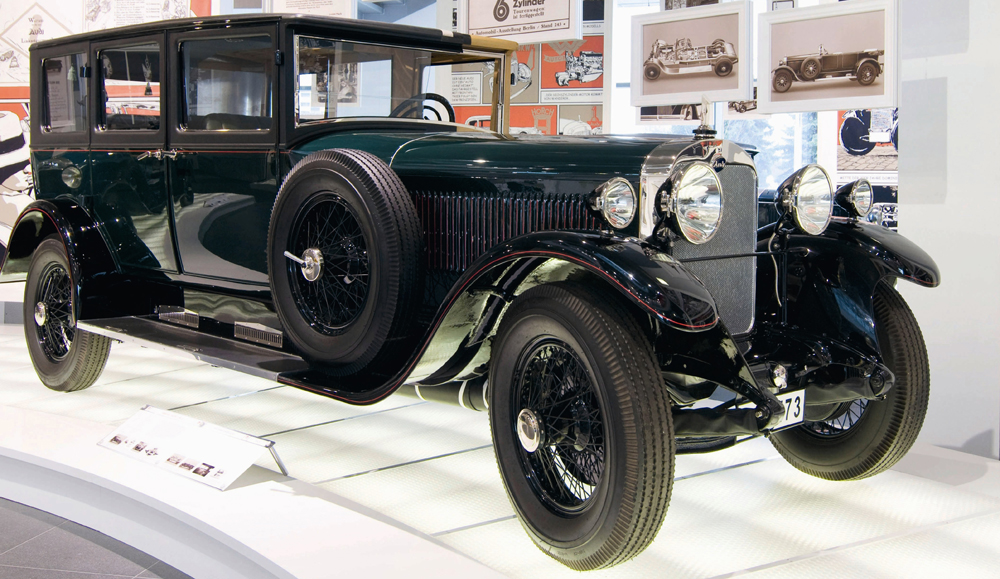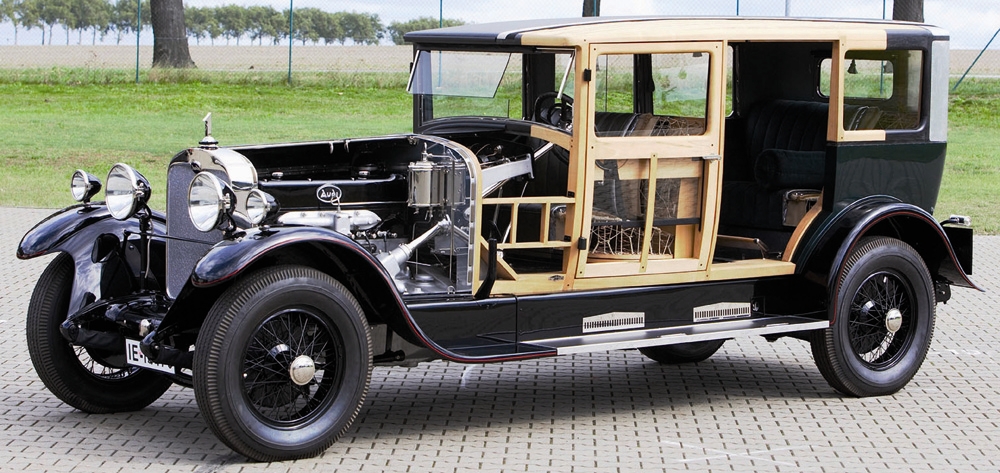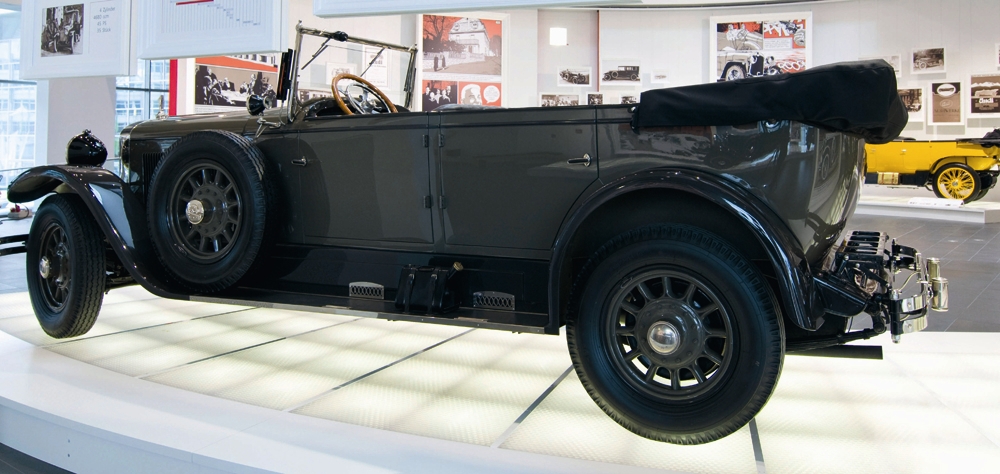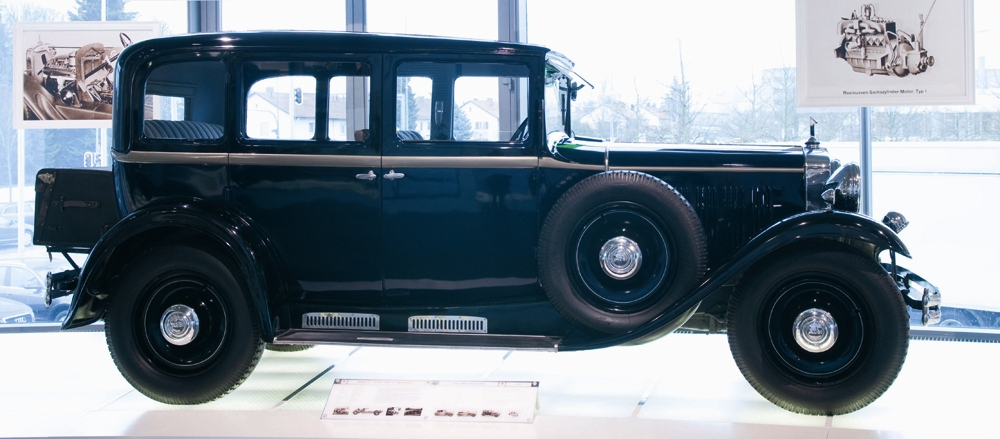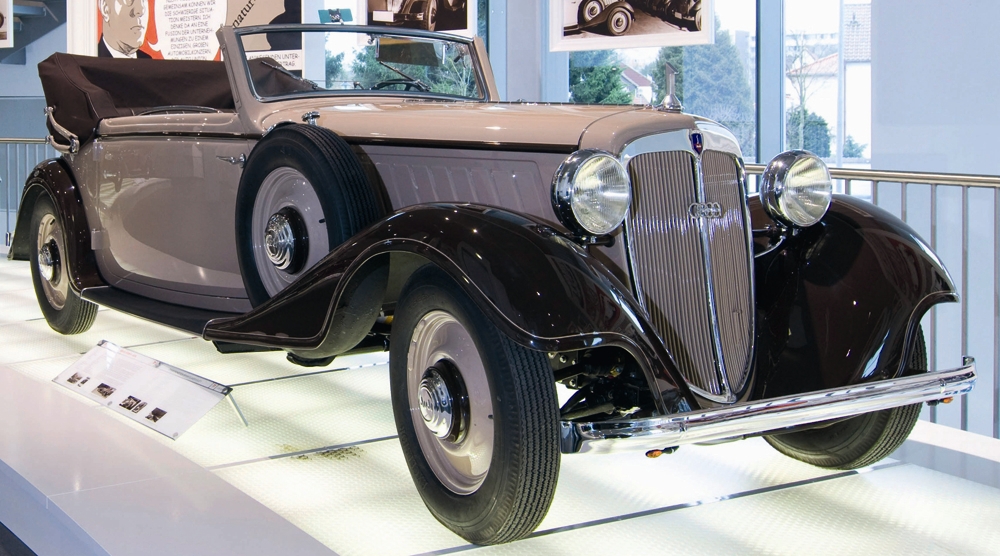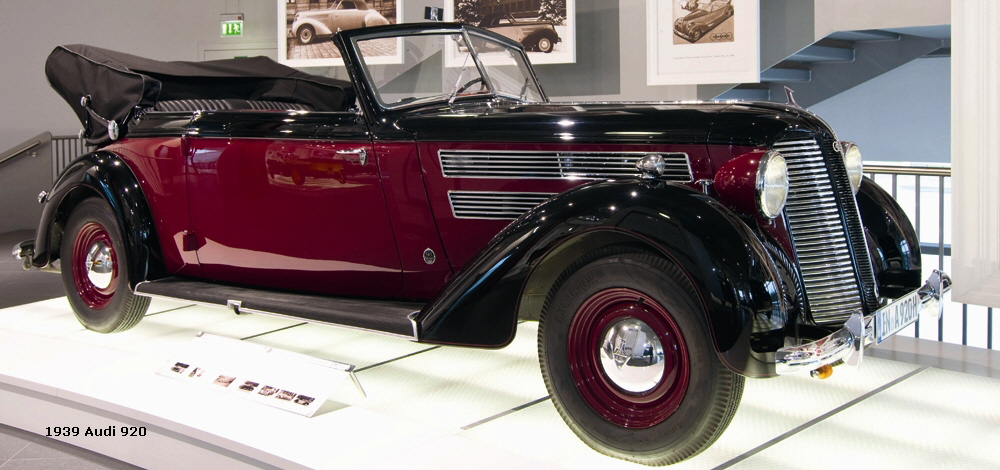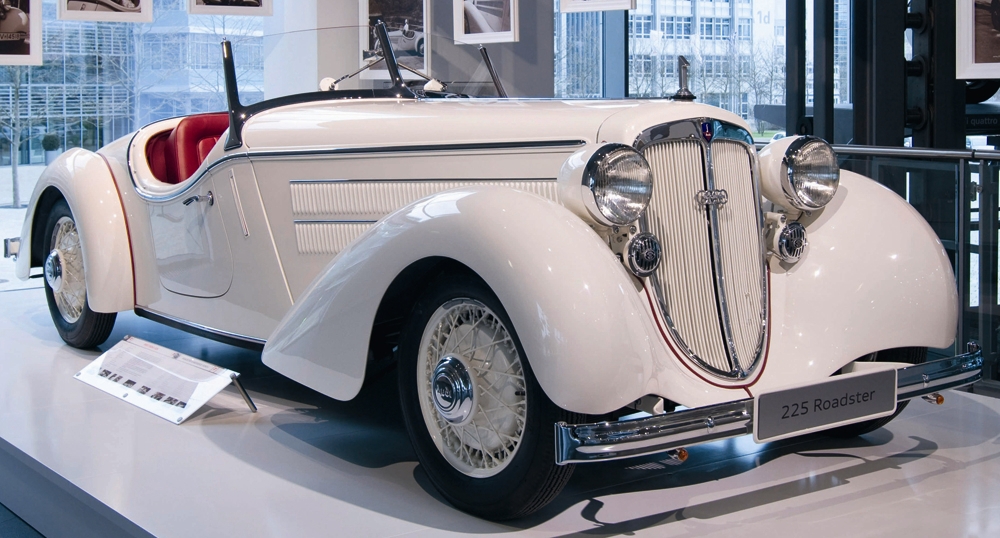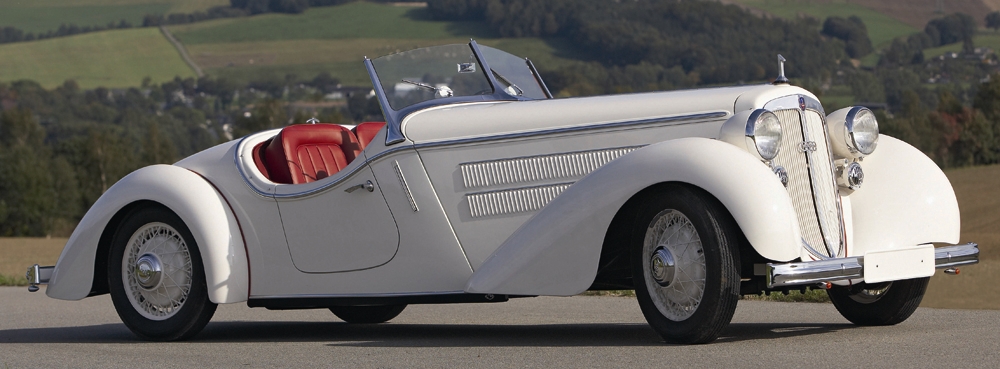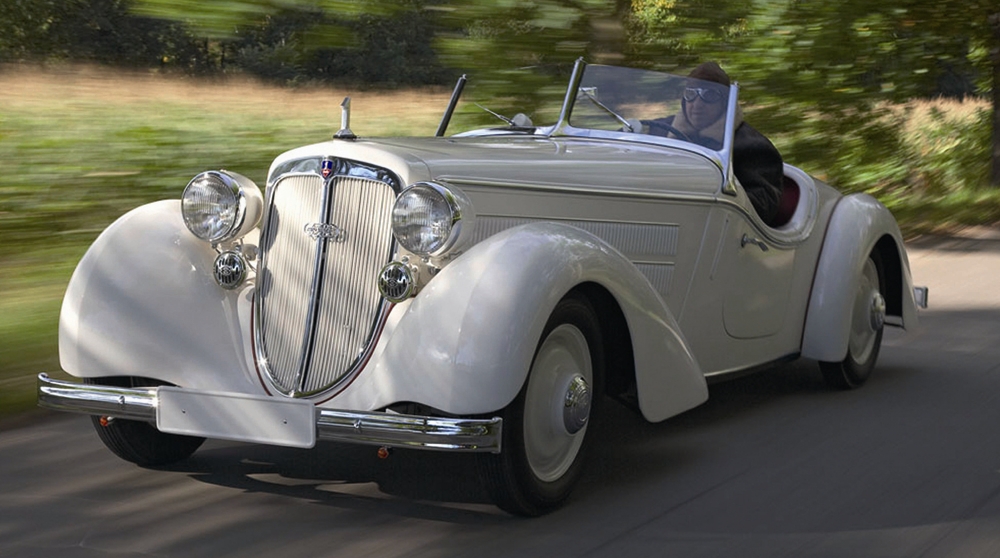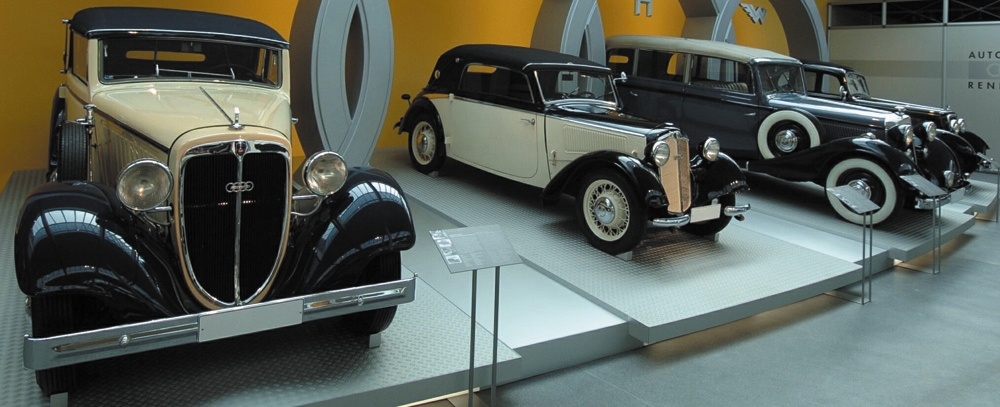|
|
|
Audi Motorcars (1911-1935) Before the end of the 19th century, August Horch established a company known as Horch & Cie. Motorwagen Werke in Cologne. In 1902 he moved it to Zwickau in Saxony, and in 1904 it was reorganised into a joint-stock company. In 1909, following a dispute with the members of the executive and supervisory boards, August Horch left the company and a few weeks later established a second automobile manufacturing operation, also in Zwickau. Since he could not use his own name, which was a registered brand, he chose a Latin translation instead: the German word "Horch!" (meaning "Listen!") became "Audi". The use of this Latin imperative was suggested by the son of one of August Horch's business partners, a student of Latin, who had followed the discussion about a new name with interest. Car production began on a small scale, true to Horch's basic principle of building only "good, strong cars", but only a few years later Audi had already developed into one of the best-known German automobile brands. It enjoyed success in competition from the very start. Victories in Austrian Alpine Rallies between 1911 and 1914 made the Audi name familiar on the international scene. The Audi Type C 14/35 PS was especially successful, and acquired the name "Alpine Victor".
Audi Type A Audi Type A, which dates from 1911. Exhibited for the first time at the Audi company's head offices in Ingolstadt, this is the 78th car built by Audi in Zwickau and the oldest to have survived. This unique Type A, with its 26-horsepower engine, was capable of reaching 75 km/h.
1913 to 1924 Audi Type E Audi Type E built in 1913, also has a dramatic tale to tell. Its 55-hp engine, with a displacement of 5.7 litres, is the largest built by Audi during its Zwickau period. This model remained in production until 1924. Two examples are shown, one from the first and one from the final production batch. Although they have similar open tourer bodies, the changes introduced over an 11-year period can be clearly seen.
1911 to 1925 Audi Type C The "Alpine Victor" – the Audi Type C, built from 1911 to 1925. With August Horch himself as one of the drivers, this car won the Austrian Alpine Rally, at that time the most challenging event of its kind, three times in succession, the last occasion being in 1914. The car on display dates from 1919 and is still in roadgoing condition. Company founder August Horch won the Austrian Alpine Rally in 1912, 1913 and 1914 – the Audi brand's first motor-sport successes. The Type C was an open tourer with a 35-horsepower engine and a top speed of 80 km/h.
1923 Audi Type M Audi recorded a number of technical milestones in 1923 with the Audi Type M, in its day one of Germany's most luxurious and expensive cars. The engine had a light-alloy block and an overhead camshaft driven by a vertical shaft and bevel gears. An intake air cleaner was fitted. This Audi model was the first to have four-wheel brakes. The list price of 22,300 Reichsmarks was not within everyone's reach: Three of the 228 cars sold have survived, and also an additional chassis. Audi 18/70 hp Type M, dating from 1925
Audi 18/70 hp Type M, dating from 1925, in the form of a cutaway model.
1929 Audi Type R "Imperator" The Audi Type M was followed by the first Audi eight-cylinder model, the Audi Type R "Imperator", which broke through the symbolic hundred-horsepower barrier. The car on display was built in 1929, and is the only remaining example of this model anywhere in the world.
1931 Audi Type P In 1931 Audi began to build the Type P, the first small car in the brand's history. For many years it was believed that none had survived, until 2003, when one was found in a barn in Ludwigsburg. Its documents indicated that the last owner had been the mayor of a town in the Swabian region of Germany and that the car had been taken off the road in 1955, to spend almost half a century like Sleeping Beauty waiting to be reawakened. Following extensive restoration in Riga (Latvia), Audi Tradition is now able to display this unusual car again – the sole surviving Type P.
Audi 225 Front Convertible and Saloon Cars produced by the Auto Union after its establishment and up to 1940 – two different Audi Front 225 models dating from 1935 and the last Audi to appear before the outbreak of war, the 1939 Audi 920. on the outbreak of war, Germany's second-largest automobile manufacturer had to cease production of passenger cars for the general public.
1935 Audi 225 Front Special Roadster The Audi Front Roadster, with only two specimens of this prototype were built in 1935, and both have disappeared. Audi Tradition therefore supplied an original chassis to the specialist Zinke company in Zwönitz, which built a replica body with only photographs as a guide.
The Audi 225 Front Roadster dating from 1935. Reconstructed on an original chassis frame. It was first exhibited with a gleaming white paint finish at the 1935 International Motor Show in Berlin. Only two prototypes were built; although the car created a sensation and was greatly admired, it would have been too expensive for successful series production. Both prototypes have disappeared, and it was therefore decided to build a replica of the Audi 225 Front Roadster by working from photographs.
Next Page >>
|
|
Home < Audi < Audi Cars < Audi History
|
